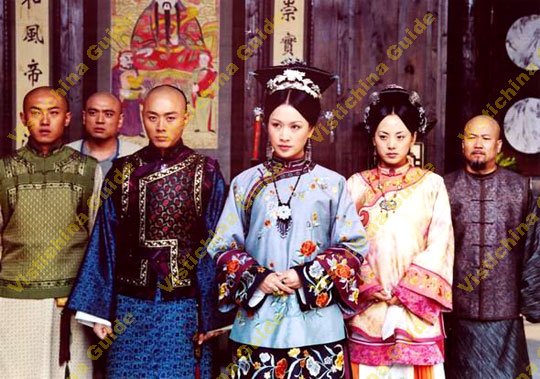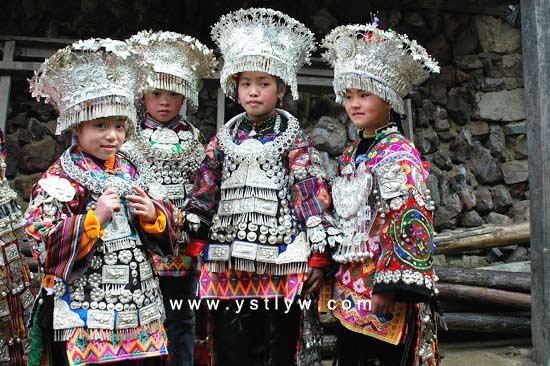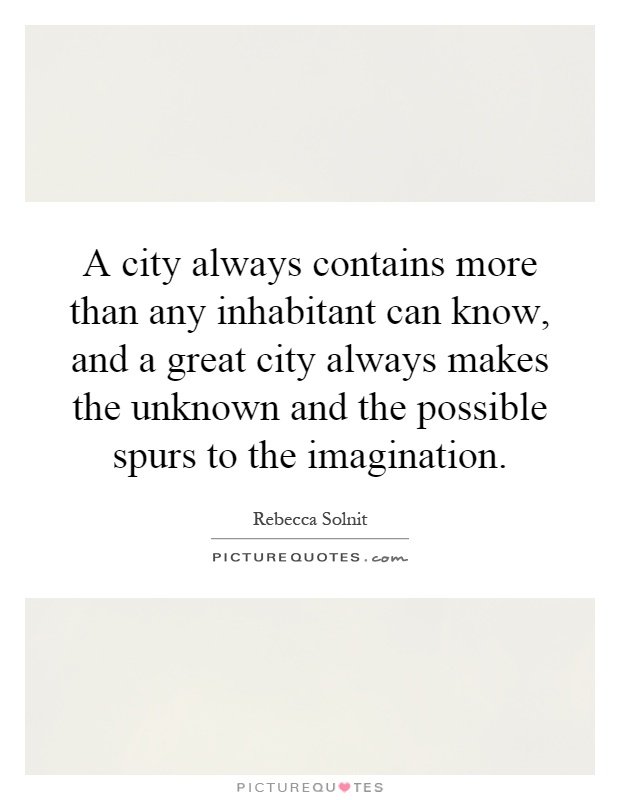The People of the Republic of China - Series 2
The People of the Republic of China - Series 2

Image Source
On this series of different ethnic groups in the Republic of China, I will be talking about the following group;
- Lahu
- Lisu
- Manchu
- Miao
Lahu
These people live in the upland territories of Yunnan, China, eastern Myanmar, northern Thailand, northern Laos, and Vietnam. They talk related tongues of Tibeto-Burman languages. Distinctive orthographies exist coming christian missionaries and Chinese linguists. Literacy in Lahu is fundamentally for religious purposes, taught people additionally know the national language of the nation in which they live.
The Lahu have historically lived in moderately self-sufficient towns. Every once in a while, a Lahu pioneer would have the capacity to draw from numerous towns for a transitory timeframe. Since the mid-20th century, the Lahu have been progressively incorporated into the nations in which they dwell, yet frequently as an underestimated minority. Most Lahu traditionally occupied with slice agriculture. Like other traditional people, they have been progressively constrained by outer political and economic impacts to receive settled agriculture.
Some Lahu have been engaged with the creation of opium, in spite of the fact that they have never been as associated with this work compared to other upland groups in the district as the Hmong and the Mien. Numerous Lahu have consolidated religious practices received from neighboring Tai people with their own type of animism. From the late 20th century, a developing number of Lahu changed over to christianity. Toward the beginning of the 21st century, Lahu populace showed roughly 450000 people in China, with smaller accounts somewhere else.

Image Source
Lisu
In the early 21st centuty, Lisu people had reach more than 630000 in China. They have extended southward from Yunnan territory towards Myanmar and northern Thailand. The Chinese identified white, black and flowery Lisu, which terms appear to identify with their level of absorption of Chinese culture. Black Lisu, lived highest up in the Salween River valley, were slightest absorbed, they wore coarse garments of hand crafted hemp, while the others wearing colorful and expand articles of clothing.
During their transfer, Lisu stayed to the highest parts of slope ranges, where they plant corn, rice, and buckwheat on oftentimes transferred fields worked primarily with hoes. Their homes are made of wood and bamboo. Crossbows, arrows, and dogs are utilized for hunting. They have a clan association, and marriage is dependably between members of two distinct clans. Their religion consolidates ancestor adoration with animism and incorporates gods of earth and wind, sky, lightning, and forest.

Image Source
Manchu
The Manchu people have lived for a long time for the most part in Manchuria and nearby regions of China. In the 17th century they vanquished China and ruled for over 250 years. The term Manchu dates from the 16th century, yet it is sure that the Manchu are dropped from a gathering of people called the Tungus. The Manchu, under different names, had lived in northeastern Manchuria in prehistoric times.
In early Chinese history they were known as the Donghui, or Eastern Barbarians, in the 3rd century BCE they were given the name Sushen, or Yilou, in the 4th to seventh centuries CE Chinese historians talked about them as Wuji, or Momo, and in the 10th century CE as Juchen. By 1115, after establishing a kingdom in Manchuria, their dynasty had secured control over northeastern China.
The kingdom was destroyed by the Mongols in 1234, and the surviving Juchen were driven once again into northeastern Manchuria. After three centuries the relatives of these Juchen again became a force to be reckoned with, yet a little while later they dropped the name Juchen for Manchu. They recaptured control of Manchuria, moved south, and vanquished Beijing, and by 1680 the Manchu had built up total control over all areas of China under the name of the Qing dynasty. The Manchu figured out how to keep up a splendid and intense government until around 1800, after which they quickly lost energy and capacity.
It was not until 1911 that the Qing dynasty was toppled. Current research demonstrates that the Juchen-Manchu talk a language having a place with the meager however geographically across the board Manchu-Tungus subfamily of the Altaic languages. At an early date, presumably about the 1st century CE, different Manchu-Tungus-talking tribes moved from their country in or close northeastern Manchuria toward the north and west and eventually involved the majority of Siberia between the Yenisey River and the Pacific Ocean.

Image Source
Miao
These people dwells in mountains of Vietname, China, Burma, Laos, and Thailand, who speak languages of the Hmong-Mien family. Miao is the official Chinese term for four unmistakable gatherings of people who are just indirectly related through language or culture. The Miao are related in culture and language to the Yao. The customs and histories of the four Miao bunches are very extraordinary, and they talk mutually incomprehensible languages. Nearest linguistically to the Hmong are the A-Hmao, yet the two gatherings still can't see every others' languages. Of all the Miao people, just the Hmong have relocated out of China.
Agriculture is the prime methods for subsistence for all the gatherings, who in the past practiced the shifting development of rice and corn, together with the opium poppy. Opium was sold in marsh markets and got silver, which was utilized as bridewealth installments. Shifting development and opium creation have now to a great extent stopped, and in Thailand the Hmong have swung to the changeless field development of market plant vegetables, fruit, corn, and flowers.
Traditionally, the Miao had minimal political association over the town level, and the highest position was that of town pioneer. In China the Miao have gone under the political association normal to the entire of China, where minority populaces are thick, they live in self-sufficient provinces, townships, or prefectures, where a specific amount of self-portrayal is allowed. In religion, most Miao practice ancestor revere and have faith in a wide assortment of spirits.
They have shamans who may exorcize pernicious spirits or recall the soul of a debilitated patient, and animal yield is broad. Be that as it may, a total absence of religious confidence is regular among instructed Miao in China, while critical extents of the A-Hmao and the Hmong in Southeast Asia have turned out to be Christian. Youngsters are allowed to choose their own mates and premarital sex is endured, albeit sexual administrations are stricter in China, as are controls on propagation.
One type of organized romance includes antiphonal singing, another is the tossing forward and backward of a ball between gatherings of boys and girls from various towns, at the New Year. Polygyny is traditional however in practice has been constrained to the well-to-do. The family is usually comprised of a few generations, including wedded sons and their families. The youngest son usually remains with the guardians and acquires the house, while elder sons may move out with their own families to shape new families.

Image Source

References:
https://en.wikipedia.org/wiki/History_of_China
https://www.chinahighlights.com
https://thehistoryofchina.wordpress.com
https://www.ancient.eu/china
beautiful people ; beautiful culture :)
Good narrative
Thanks
Great that you get to Rep 70...You are now one of the Established in Steemit.
Upvoted with a reply.
Now your turn buddy!